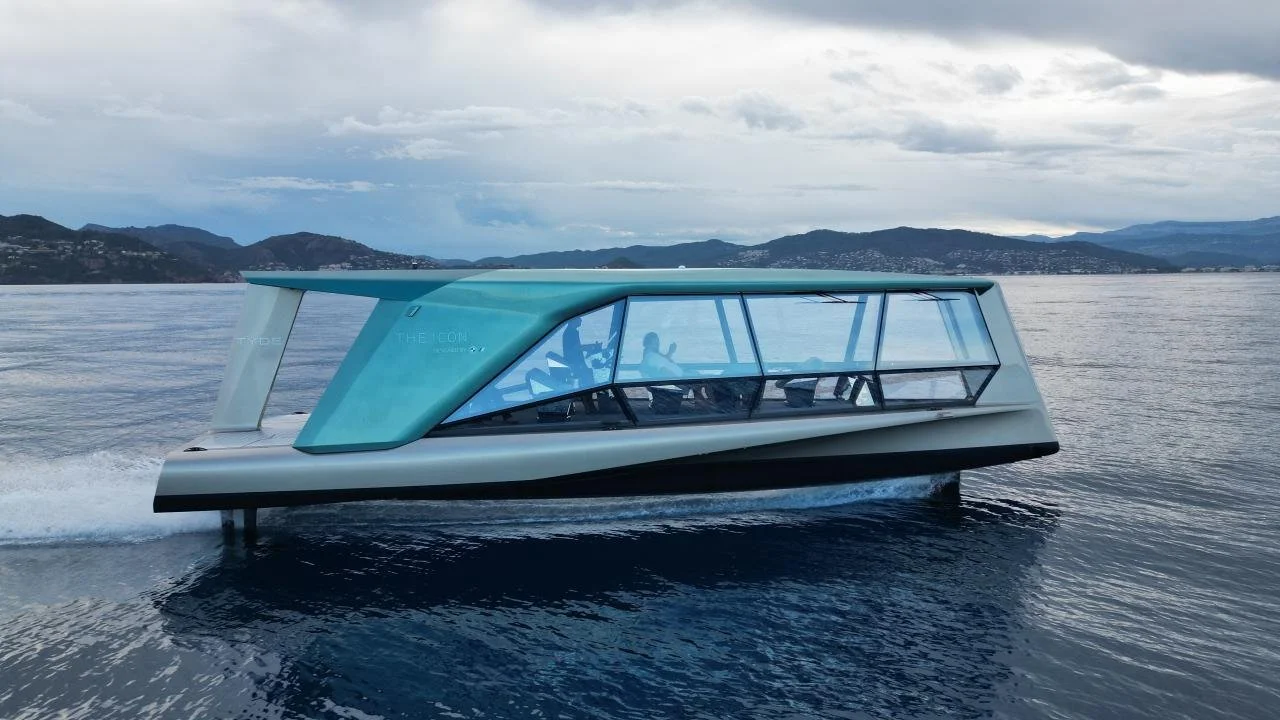The Icon
The Icon, photo Tyde
The concept of a full-electric foiling boat that promotes electric mobility was born through the collaboration of Peter Dengler and Tom Allemeier from BMW, as well as Tyde founders Tobias Hoffritz and Christoph Ballin.
J&J Design was invited to join forces with them to bring the concept to life, participating in creating the overall design, providing naval architecture and engineering. We called in the naval architecture expertise of our friend Guillaume Verdier and his team. With a winning background in designing America’s Cup foiling boats, Verdier’s team brought crucial insights and cutting-edge know-how, resulting in a top-notch foil and hull design. Additionally, J&J conducted a comprehensive study on composite technology, exploring how different composite materials could be effectively utilized in a production setup.
In 2022, J&J designed, engineered, and built a test foiling electric monohull, which underwent testing in Portoroz, Slovenia. The boat’s composite construction was built using CNC machined tools and utilized vacuum-infused vinyl ester/carbon technology for the hull and a combination of carbon/epoxy and CNC machined stainless steel for the appendages. The propulsion arrangement features double forward-facing counter-rotating propellers.
The Icon, photo Tyde
Through several months of testing in various wave, wind, and maneuvering conditions, the team was able to optimize the flight software, ensuring optimal performance. The test boat underwent numerous load cases to simulate different superstructures planned for the hull, propulsion, and engineering platform. The flight software and actuators were supplied by Pixel-sur-Mer from France.
The ICON superstructure and interior were designed by BMW DesignWorks. J&J Design then engineered and constructed the new boat using the same naval architecture, engineering, propulsion, and foiling system that had been successfully tested on the prototype.
Tyde was responsible for engineering and supplying the steering system and an innovative driver interface, as well as developing a new flight controller software.
The teams are currently working on new superstructure solutions to cater to different boating pleasure and professional programs.
The results of this exceptional teamwork, dedication, and passion exhibited by all the development teams exceeded expectations and led to the completion of the project in a remarkably short timeframe.
The boat is now ready for production, with a production run scheduled for the second half of 2023.
Main Dimensions:
Length Overall (LOA): 13.15 m
Beam: 4.5 m
Loaded Displacement: up to 11 tons
Batteries: 6 x 42 kWh BMW i3
Propulsion: 2 x 100 kW Electric Motors
Cruising Speed: 24 knots
Maximum Speed: Up to 33 knots, depending on propeller diameter and pitch
Displacement Range: 200 nautical miles at 5 knots
Foiling Range: over 50 nautical miles
The test boat, photo Japec Jakopin




